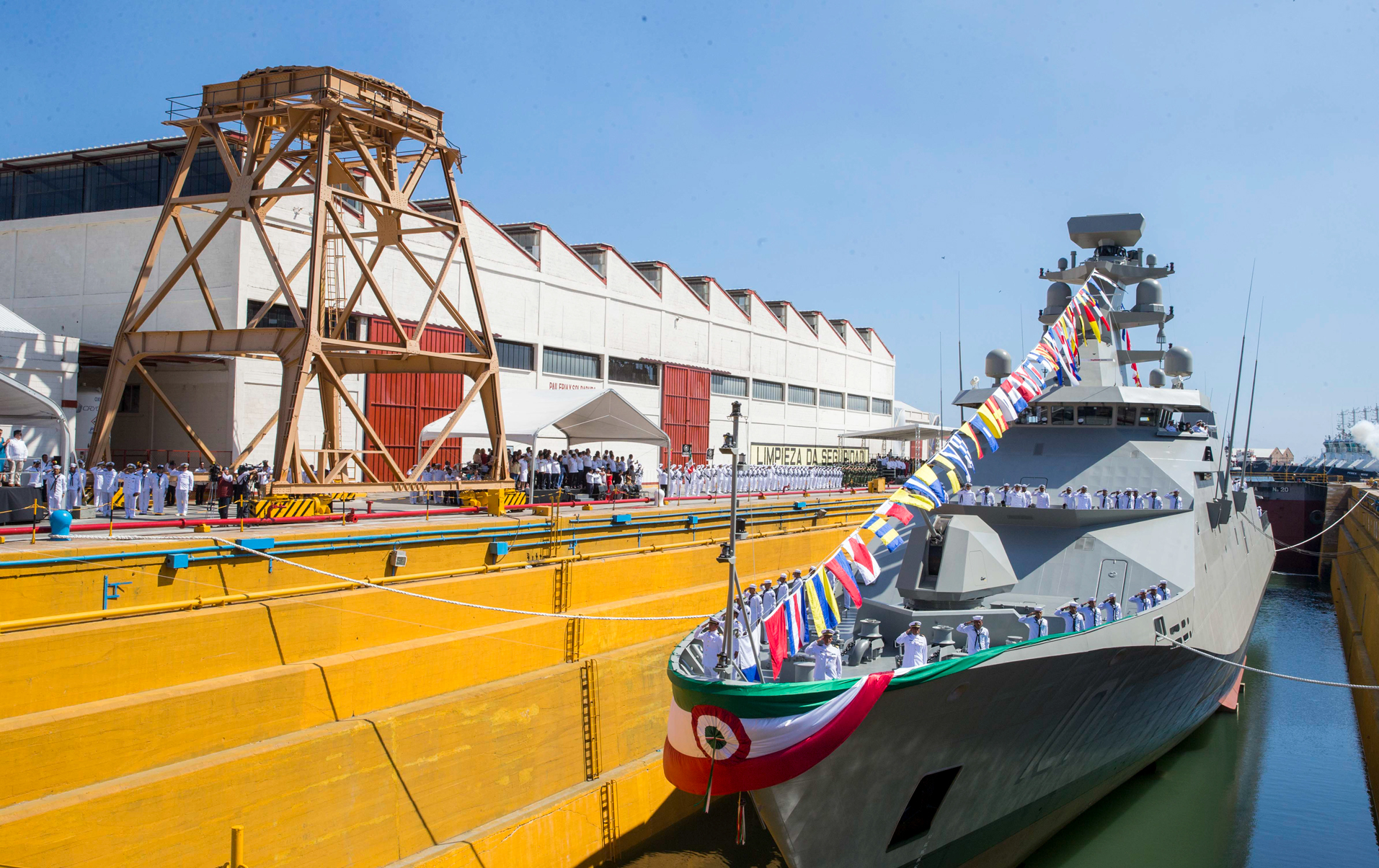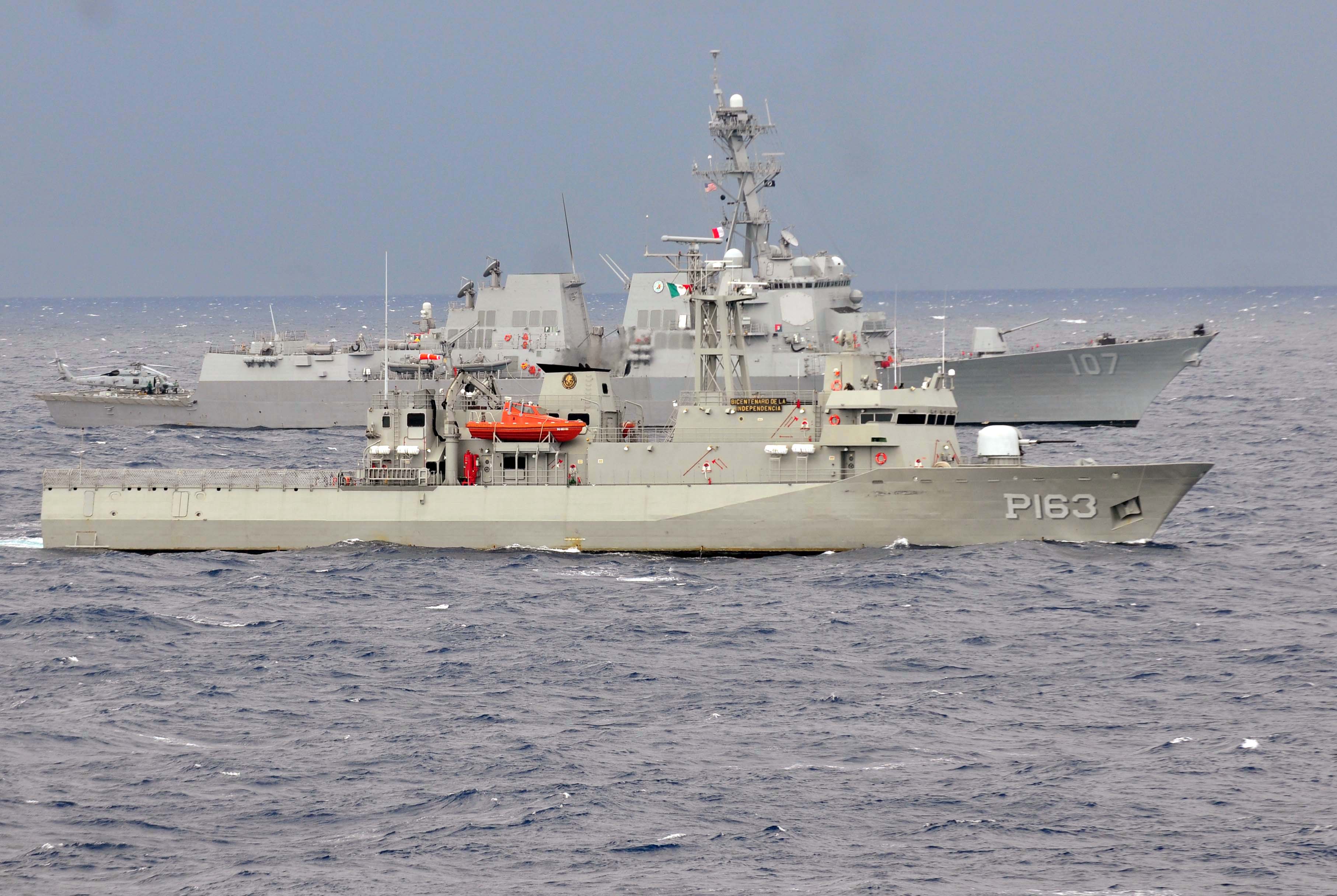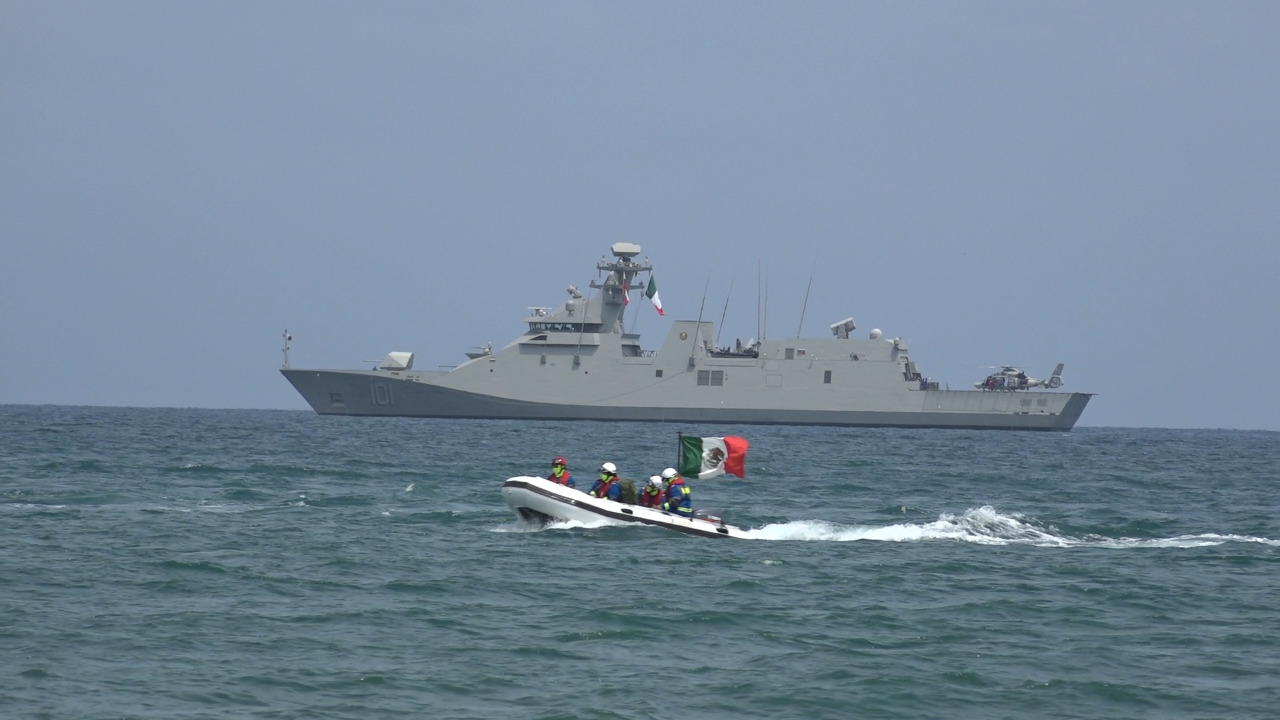OVERVIEW: Mexico’s Navy Shipbuilding and R&D
July 29, 2022
by

The Mexican Navy is currently undergoing a modernization phase. This phase involves increasing shipbuilding capabilities, and UAV, missil technology, and other R&Ds.
In recent years, the Navy has undergone a modernization program consisting of new ships, training, gear, and infrastructure. To accomplish this, the Navy’s Research and Technology Development Institute (INIDETAM) has joined forces with several universities and government organizations to develop all sorts of programs and technologies. From advanced C2 network systems to a remote control all-terrain short-range missile launcher called PLAM (Prototipo INIDETAM Plataforma de Lanzamiento Móvil). In addition, ASTIMAR (Mexican Secretary of The Navy Shipyards) has also achieved incredible milestones as it increases its shipbuilding capabilities.
ASTIMAR
To date, the Navy’s research and development branch is considered one of the best in Latin America. Yet, the Navy’s most impressive branch is ASTIMAR, or the Mexican Secretary of The Navy Shipyards (Astilleros de la Secretaría de Marina). The reason is ASTIMAR’s advances in shipbuilding capabilities, from patrol boats to frigates and supply ships in a short time. Two of its most prominent platforms are the Oaxaca Class and the POLA class.
THE OAXACA CLASS

The Oaxaca Class represents 25 years of searching for a ship that adapts to the missions and operational needs of the Mexican Navy. Its design is entirely Mexican and based on the lessons learned from the construction and operation of the Uribe, Holzinger, Sierra, and Durango Classes, built and designed by ASTIMAR.
The Oaxaca Class is a highly versatile long-range patrol ship capable of performing extended patrol and surveillance tasks in the Exclusive Economic Zone (EEZ), drug smuggling interdiction operations, search and rescue, and support operations for the civilian population during natural disasters.
To accomplish these missions, the Navy required a fast and versatile ship with extra rescue and interceptor boats, a medium helicopter, passenger space, and an extended endurance of at least 30 days (Durango and Sierra Classes had around 20 days endurance). To date, the Oaxaca Class has met all the expectations of the Navy and is considered one of the best ocean patrol boats built in Latin America.
THE POLA/REFORMADOR CLASS

The Patrulla Oceánica de Largo Alcance (Long Range Oceanic Patrol Vessel, POLA) is the Mexican variant of the Dutch SIGMA Class frigate. Several were planned, but so far, only one (ARM Reformador/Benito Juarez) has been built and commissioned.
The ship was constructed using modular construction techniques. The first two sections of the ARM Reformador were laid out in 2017 in the Netherlands, while the rest were built in Mexico.
As of today, construction stopped, but the Navy will eventually build most of the remaining eight in Mexico after a transfer of knowledge and technology from Damen.
The POLA is the most technologically advanced warship in the Mexican Navy and possibly Latin America. It is meant to accomplish similar missions as the Oaxaca Class Offshore Patrol Vessels, conducts joint operations with other nations, helps with international security cooperation operations, and participates in multinational exercises (UNITAS and RIMPAC).
R&D
CONACYT-SEMAR NAVAL MISSILE
The Navy was also shortly interested in building a solid fuel missile, which was being developed alongside CONACYT, INAOE (National Institute of Astrophysics, Optics and Electronics), and several universities and research institutes.
The missile was going to be used for AAW (anti-air warfare) and ASuW (anti-surface warfare) and reportedly had an effective range of around 15 km (9.3 mi). The project was 94.6% completed when it was canceled in 2009 due to unclear reasons.
INIDETAM ROCKET BV-01
Despite the cancelation of the CONACYT-SEMAR NAVAL MISSILE, the Navy is still working on rocket technology. The BV-01, or Ballistic Vessel 01, is a 50 mm rocket developed by the Technological Research and Development Institute of the Mexican Navy (INIDETAM) in conjunction with the National Council for Science and Technology (CONACYT) and the Autonomous University of San Luis Potosí (UASLP), with aid from the federal government’s Research and Development Sector Fund in Naval Sciences (FSIDCN).
The BV-01 rockets are solid fuel and fired from a remote-controlled launch platform called the PLAM which can host up to six BV-01s. The PLAM is powered by an electric motor and can carry up to 400 kg (880 lb) of gear and reach a speed of 20 km/h (12.4 mph). The PLAN and the BV-01 were first shown to the public at FAMEX. It is unclear what will be the operational use of this weapon system.
NAVY UAV DEVELOPMENT
In 2011 the INIDETAM began to build two types of UAVs, the VANT 01 and Mini VANT (VANT means UAV in Spanish). These were small and used to conduct missions like short-range illegal fishery patrols.
These UAVs were not adequately filling all the Navy’s operational needs, which led them to build the Sistema de Patrullaje Autónomo y de Reconocimiento Táctico Aéreo de la Armada de México (SPARTAAM).
This hybrid-powered UAV (electric propulsion is used for vertical takeoff only) is entirely designed by the INIDETAM and only costs 1/3 of what a foreign equivalent would. Its core missions are search and rescue, disaster relief operations, illegal fisheries patrols, pipeline patrols, and piracy patrols.

OTHER NAVAL DEVELOPMENTS
SIVISO: The Navy is also developing a type of towed sonar System called SIVISO. It comprises four kinds of sonars (portable sonar, passive sonobuoy, active sonobuoy, and variable depth sonar). It can reportedly detect underwater targets up to a distance of 6,000 yards by acoustic means and radio frequency communication up to 15,000 yards.
TZINACAN: This project consists of a 3D-type air surveillance radar. The radar will "provides information on distances, marking and altitude of air targets for the protection of strategic installations in the national territory."
GARFIO 3: This is the Navy's newest targeting sensor. It was developed with SAAB (the Swedish aviation and defense company) and INAOE.
SEDAM - The acronym stands for Data Link System of the Mexican Navy, which collects, integrates, and displays tactical information from the sensors of surface, air, and ground units, shared with other units and commands
The SEDAM will Provide operational units and Command and Control Rooms with Data Link Systems, to carry out an exchange of information in the development of operations to integrate a common operating picture.

For more information and details refer to The Mexican War Factory
END OF REPORT
Top Image Credit: Presidente de la Republica Mexicana via Flickr. Title: Dia de la Armada de Mexico 2018. License CC BY 2.0 https://creativecommons.org/licenses/by/2.0/[](https://creativecommons.org/licenses/by-nd/2.0/)
Copyright by Vigiles Analytica. All rights reserved. ©2025
